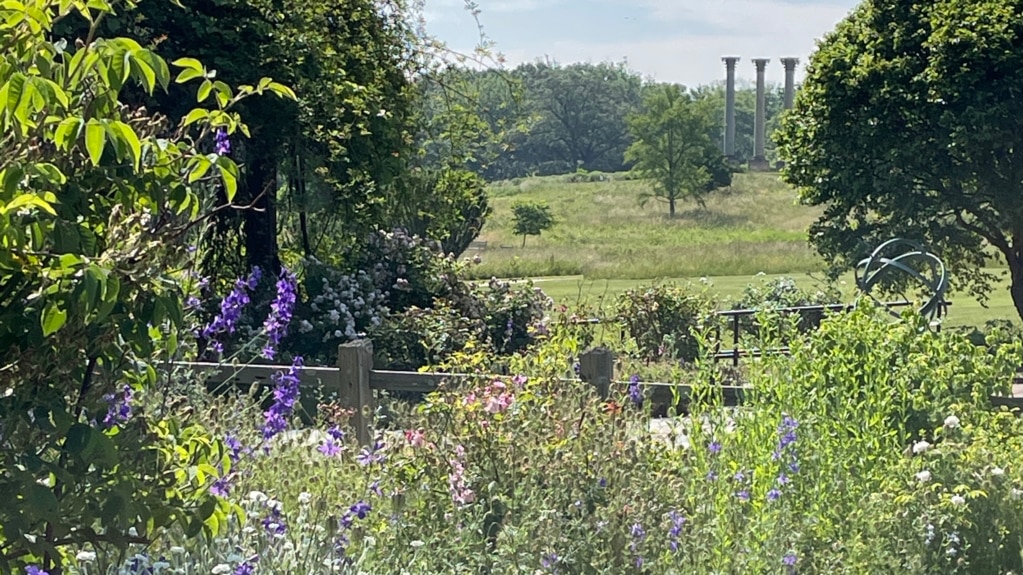Placed among the busy streets of Washington, D.C. is a large public garden that many Americans have never heard of.
The U.S. National Arboretum includes a collection of flowering plants called azaleas, a field of native plants called ferns, and flowering trees in the dogwood tree area.
Government scientists are in charge of the 183-hectare area. Their main goal is to strengthen the U.S. economy by making sure an important kind of agriculture, called the nursery industry, continues to perform well.
“What we do is support the American nursery industry … which is really one of the largest forms of agriculture,” said Richard Olsen, director of the National Arboretum.
He said that different kinds of agriculture industry like ornamental landscapes, horticulture, and turf, “… all of that occurs in every county, in every state of the union. So, it forms a large portion of American agriculture and therefore, an important part of the economy.”
The most recent numbers from the U.S. Department of Agriculture, or USDA, show that the ornamental and landscape plant industry creates $13.8 billion in sales each year.
The garden was established by Congress in 1927. It plays a leading part in researching and developing plants like trees, shrubs, flowers, and grasses.
Olsen called the arboretum a “science-based research facility and public garden.” He said the place has bred or released around 650-plus plants. They include more than 450 azaleas for landscaping, but also trees like maples, American elms, and hemlocks.
The arboretum is home to one of the largest collections of preserved seeds in the world. The National Arboretum Herbarium houses around 700,000 example seeds. They include seeds from plants that the USDA considers as economically important.
Scientists collect many genetically different seeds within a kind of plant from both native and non-native plants. The reason for collecting that data is to protect plants from harmful situations like climate change, changed environments, or other new and possible risks.
Kevin Conrad is a lead plant scientist at the arboretum. He said there are examples in USDA history where a gene from a plant like wheat or grapes has been able to solve a disaster or a collapse of an important agricultural crop.
While the scientists do their work, the public is free to explore the arboretum grounds. About 600,000 people visit the gardens each year. That is a small amount compared to the 25 million who visit the monuments and places in the National Mall.
Although many people may not know it, the arboretum has had a hand in developing many of the plants that are part of American landscaping.
Conrad says the goal is to green the landscape. And he added, “It’s to create a welcoming, secure, safe, beautiful, calming landscape for the public.”
I’m Gregory Stachel.

